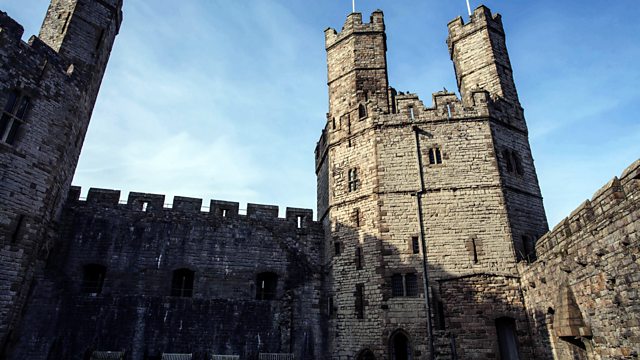Castles in Concrete
Writer Ken Worpole reflects on the grim forts and defences of the east coast of Britain, 20th-century 'castles' that should be both preserved and treasured.
The grim, concrete forts and pillboxes of the east coast of England may seem a far cry from the romantic ruins of Britain's medieval castles. But as writer Ken Worpole argues, they have earned their place in the East Anglian landscape, and should be both preserved, and treasured as reminders of our past, just as much as ivy-clad castles and castle ruins from the high middle ages. As somebody who was born in wartime in a castle (his mother was a refugee from the East End) it was perhaps inevitable that Ken would be drawn to play as a child in the redundant forts of Essex, where his imagination could roam riot - unlike the out-of-bounds medieval castle down the road! But the link with medieval castles isn't coincidental. The architecture of many of these forts (and the architecture of the Martello towers constructed to defend the coast during the Napoleonic wars) builds on the legacy of medieval military design, and in turn would go on to influence brutalist architecture of the 1950s onwards. In France, such military structures as the Atlantic Wall, are stark reminders of an era many would prefer to forget, and there have been calls for these concrete 'monstrosities' to be removed from the landscape. But, as Worpole argues, this would the equivalent of removing medieval castles from the landscape. The power of ruins resides in their ability to set the imagination free, and at the same time grounding people in the reality of past lives, and of earlier generations' hopes and tribulations.
Last on
More episodes
Next
You are at the last episode
Broadcast
- Fri 30 Jan 2015 22:45大象传媒 Radio 3
Death in Trieste
Watch: My Deaf World
The Book that Changed Me
Five figures from the arts and science introduce books that changed their lives and work.
Podcast
-
![]()
The Essay
Essays from leading writers on arts, history, philosophy, science, religion and beyond.





